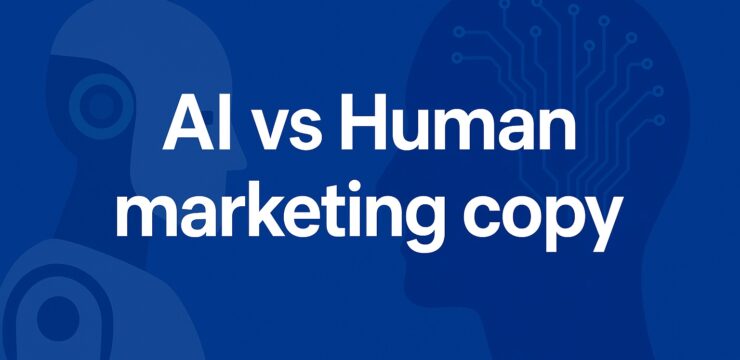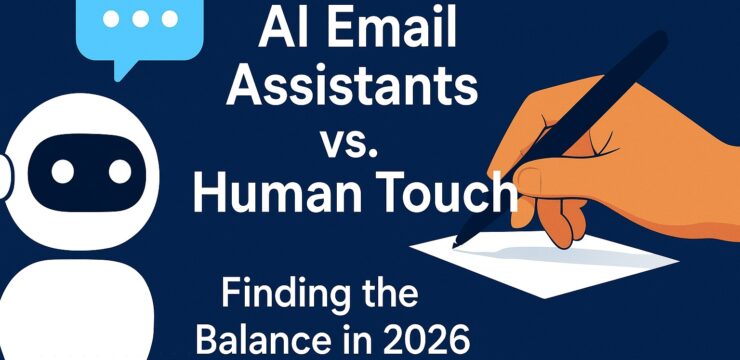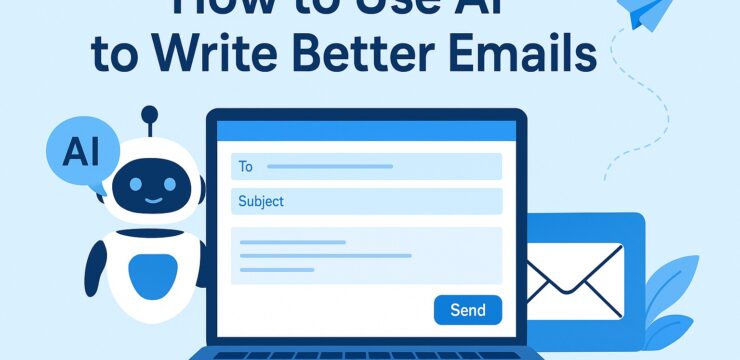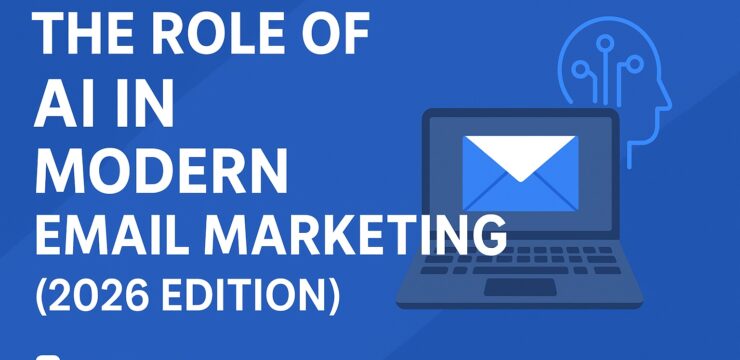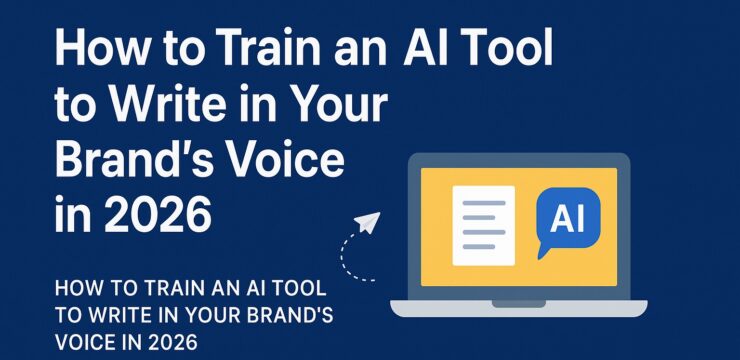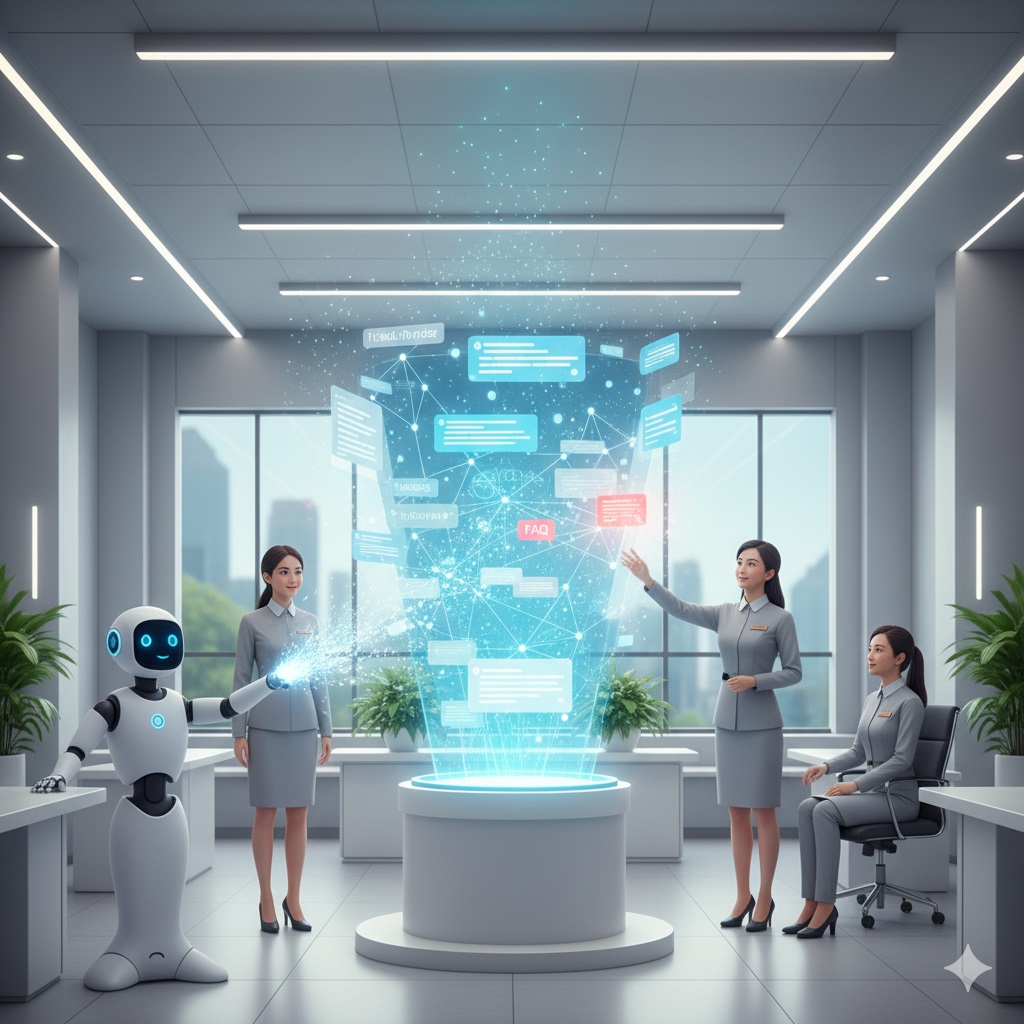
The Future is Now: Revolutionizing Customer Service with AI Automation
In today’s hyper-connected world, customer expectations have never been higher. Customers demand instant answers, personalized experiences, and 24/7 availability. For businesses, meeting these escalating demands with limited resources can feel like an insurmountable challenge. The good news? A powerful ally has emerged: Artificial Intelligence. Far from replacing human support, AI is here to empower it, acting as a force multiplier that leads to faster, more effective resolutions and ultimately, a superior customer experience. This guide will delve into how AI can transform your customer service operations, making them more efficient, intelligent, and responsive than ever before.
What Exactly is AI-Powered Customer Service?
At its core, AI-powered customer service leverages intelligent technologies to automate, personalize, and optimize interactions between businesses and their customers. While the term “AI” can sound complex, in the realm of customer service, it primarily manifests through a few key concepts:
Chatbots: Your First Line of Defense
Chatbots are computer programs designed to simulate human conversation, primarily through text or voice. They can interact with users, answer questions, and perform tasks. Think of them as digital agents ready to assist at any moment.
Virtual Assistants: Beyond Basic Q&A
Virtual assistants are more sophisticated than basic chatbots. They can understand context, learn from past interactions, and often integrate with other systems to provide a more comprehensive support experience. Popular examples include Siri, Alexa, and Google Assistant, but in a business context, they are tailored to specific company needs.
Conversational AI: The Brain Behind the Operation
Conversational AI is the overarching technology that enables natural, human-like interactions between machines and humans. It combines natural language processing (NLP), machine learning (ML), and sometimes natural language understanding (NLU) to interpret, understand, and respond to user queries in a meaningful way. This is what allows chatbots and virtual assistants to move beyond simple keyword recognition to genuinely grasp the intent behind a customer’s words.
Rule-Based vs. Machine-Learning Chatbots: A Crucial Distinction
It’s important to understand that not all chatbots are created equal. They generally fall into two categories:
- Rule-Based Chatbots: These are the simpler of the two. They operate based on predefined rules, scripts, and decision trees. If a customer asks a question, the chatbot searches for keywords and matches them to pre-programmed answers or actions. They are excellent for handling frequently asked questions (FAQs), guiding users through processes, and collecting basic information. However, their limitations become apparent when a user deviates from the script or asks an unexpected question, as they lack the ability to understand nuance or learn. They are deterministic, meaning they will always respond the same way to the same input.
- Machine-Learning Chatbots (AI Chatbots): These are far more advanced, powered by artificial intelligence and machine learning algorithms. Instead of relying solely on predefined rules, they learn from vast amounts of data, including past conversations, customer feedback, and human agent interactions. This allows them to understand natural language, interpret intent, handle variations in phrasing, and even learn from their mistakes. They can continually improve their responses over time, becoming more intelligent and effective with each interaction. Machine-learning chatbots are capable of more complex problem-solving, personalized recommendations, and seamless handoffs to human agents when necessary.
Understanding these distinctions is crucial when planning your AI customer service strategy, as the choice between them will depend on the complexity of your customer queries and the level of automation you aim to achieve.
Key Benefits of Harnessing AI in Customer Service
Integrating AI into your customer service strategy isn’t just about keeping up with trends; it’s about unlocking a multitude of tangible benefits that directly impact your bottom line and customer satisfaction.
24/7 Availability and Instant Responses
Imagine a customer service representative who never sleeps, never takes a break, and is always ready to answer a query within seconds. That’s the power of AI. In an always-on world, customers expect immediate gratification. Whether it’s 3 AM on a holiday or peak business hours, AI-powered chatbots and virtual assistants can provide instant support, resolving issues and answering questions around the clock. This not only enhances customer satisfaction by eliminating frustrating wait times but also significantly expands your service reach globally, catering to customers in different time zones without incurring prohibitive staffing costs. The ability to get immediate answers, regardless of the hour, builds trust and loyalty, turning potential frustrations into positive experiences.
Increased Efficiency and Reduced Support Costs
One of the most compelling arguments for AI in customer service is its remarkable ability to drive efficiency and reduce operational costs. AI can automate repetitive tasks, such as answering FAQs, processing simple requests, and gathering customer information. This frees up your human agents to focus on more complex, high-value interactions that require empathy, critical thinking, and nuanced problem-solving. By deflecting a significant portion of incoming queries to AI, businesses can reduce the number of agents needed, decrease training overhead, and lower the average cost per interaction. Furthermore, AI can streamline internal workflows, automate ticket routing, and provide agents with quick access to relevant information, making them more productive and effective. The result is a leaner, more efficient support operation that delivers better service with fewer resources.
Hyper-Personalization and Proactive Engagement
Modern customers don’t just want solutions; they want experiences tailored to their individual needs and preferences. AI excels at hyper-personalization. By analyzing customer data, past interactions, purchase history, and browsing behavior, AI can deliver personalized recommendations, proactively offer relevant information, and even anticipate customer needs before they arise. For example, an AI might suggest a troubleshooting article based on a customer’s product and recent activity, or offer a discount on a related item. This proactive and personalized approach makes customers feel valued and understood, transforming generic interactions into meaningful engagements. It shifts customer service from a reactive problem-solving function to a proactive relationship-building tool.
Data-Driven Insights and Predictive Analytics
AI systems are constantly collecting and analyzing vast amounts of data from every customer interaction. This data isn’t just for improving chatbot performance; it’s a goldmine of insights for your entire business. AI can identify common pain points, trending issues, customer sentiment, and areas where your products or services might be falling short. Through predictive analytics, AI can forecast potential problems, identify at-risk customers, and even predict future customer behavior. For example, AI might flag customers who are showing signs of churn, allowing your team to intervene proactively. These data-driven insights empower businesses to make informed decisions, optimize processes, improve products, and refine their overall customer experience strategy, moving beyond guesswork to evidence-based improvements.
How to Implement AI in Your Customer Service Strategy
Implementing AI in customer service isn’t a one-size-fits-all solution; it requires careful planning and execution. Here’s a step-by-step guide to help you successfully integrate AI into your support ecosystem.
Step 1: Identify Your Biggest Pain Points
Before you even think about specific AI tools, take a critical look at your current customer service operations. Where are the bottlenecks? What are the most common complaints? What tasks consume the most time for your human agents?
- Analyze Call/Chat Logs: Review transcripts of past customer interactions. Are there recurring questions that could easily be automated?
- Survey Customers: Ask your customers directly about their frustrations with your current support.
- Interview Agents: Your customer service agents are on the front lines; they know exactly what challenges they face daily.
- Identify Repetitive Tasks: Look for tasks that are monotonous, rule-based, and high-volume. These are prime candidates for AI automation. Examples include password resets, order status inquiries, basic product information, and billing questions.
By clearly defining your pain points, you can ensure that your AI implementation targets specific problems and delivers measurable improvements. Trying to implement AI without a clear objective can lead to wasted resources and underwhelming results.
Step 2: Choose the Right Tools
Once you understand your needs, it’s time to explore the vast landscape of AI customer service solutions. The market is robust, with platforms offering varying levels of sophistication and features.
- Consider Your Budget: AI solutions range from affordable entry-level options to enterprise-grade platforms.
- Scalability: Choose a solution that can grow with your business and handle increasing volumes of interactions.
- Integration Capabilities: How well does the AI platform integrate with your existing CRM, ticketing systems, knowledge base, and other business tools? Seamless integration is crucial for a unified customer experience.
- Ease of Use: How easy is it for your team to set up, train, and manage the AI? Look for intuitive interfaces and good documentation.
- Key Players:
- LiveChat: Offers robust live chat functionalities often integrated with AI chatbots for initial deflection and quick answers.
- Zendesk: A comprehensive customer service platform that includes help desk software, live chat, and increasingly sophisticated AI capabilities for automation, ticket routing, and agent assistance.
- Intercom: Known for its conversational relationship platform, Intercom combines chatbots, live chat, and targeted messaging to personalize customer journeys and automate support.
- Drift: Focuses on conversational marketing and sales, using AI chatbots to qualify leads and provide instant answers on websites.
- Freshdesk/Freshservice: Offers a suite of customer engagement tools, including AI-powered chatbots and automation features to streamline support.
Don’t rush this step. Request demos, read reviews, and talk to other businesses that have implemented these solutions. The right tool will be a strategic partner in your AI journey.
Step 3: Integrate and Train the AI
This is where the magic happens, but it also requires significant effort and attention to detail.
- Integration:
- Connect to Your Knowledge Base: Your AI will be only as smart as the information you feed it. Ensure it has access to your up-to-date FAQs, product manuals, and internal documentation.
- CRM Integration: Connecting to your CRM allows the AI to access customer history, preferences, and previous interactions, enabling truly personalized responses.
- Ticketing System Integration: For seamless handoffs, the AI should be able to create new tickets or update existing ones in your human agent’s workflow.
- Website/App Integration: Deploy your chatbot or virtual assistant where your customers are – on your website, mobile app, or even messaging platforms like WhatsApp or Facebook Messenger.
- Training the AI (Machine Learning Chatbots):
- Provide Data: Feed the AI with historical chat logs, email transcripts, and call recordings. This data is crucial for it to learn natural language patterns, common questions, and appropriate responses.
- Define Intents and Entities: An “intent” is what the user wants to achieve (e.g., “check order status”). “Entities” are the specific pieces of information needed to fulfill that intent (e.g., “order number”). You’ll need to define these and provide examples.
- Refinement and Iteration: AI training is an ongoing process. Monitor conversations, identify where the AI struggled, and use that feedback to refine its responses, add new intents, and correct misunderstandings. This often involves a human-in-the-loop approach, where agents review AI conversations and provide corrections.
- Human Handoff Protocols: Clearly define when and how the AI should escalate a conversation to a human agent. Ensure the handoff is smooth, with all relevant conversation history passed along, so the customer doesn’t have to repeat themselves.
Remember, successful AI implementation is an iterative process. It requires continuous monitoring, optimization, and collaboration between your technical team, customer service team, and the AI platform provider.
Real-World Success: Case Studies in AI Customer Service
The impact of AI in customer service isn’t just theoretical; countless companies are already reaping its benefits. Here are a few brief examples:
- Telecommunications Companies: Many telcos use AI chatbots to handle common inquiries like bill explanations, data usage checks, and plan changes. This significantly reduces call volumes to human agents, leading to shorter wait times and happier customers. Some have even implemented virtual assistants that can troubleshoot basic technical issues or guide customers through device setup, minimizing the need for costly technician visits.
- E-commerce Retailers: Online retailers leverage AI for everything from personalized product recommendations and size guides to order tracking and returns processing. Chatbots can answer questions about shipping policies, product availability, and even offer style advice. This automation enhances the shopping experience, reduces cart abandonment, and provides support outside of traditional business hours, crucial for global e-commerce.
- Financial Institutions: Banks and credit card companies are deploying AI to assist customers with account balance inquiries, transaction history, fraud alerts, and even loan applications. AI can provide instant, secure information, freeing up human advisors for more complex financial planning and problem-solving, all while ensuring compliance and security.
- Travel and Hospitality: Airlines, hotels, and travel agencies use AI to help customers with booking modifications, flight status updates, check-in procedures, and destination information. Chatbots can serve as 24/7 concierges, answering questions about hotel amenities or local attractions, enhancing the overall travel experience.
These examples illustrate that AI isn’t just for tech giants; businesses of all sizes and across various industries are finding innovative ways to integrate AI to improve efficiency, reduce costs, and, most importantly, deliver exceptional customer experiences.
Conclusion: The Symbiotic Future of AI and Human Support
As we’ve explored, AI is rapidly reshaping the landscape of customer service, moving it towards a future that is more efficient, personalized, and always-on. From instant 24/7 support and dramatic cost reductions to hyper-personalization and invaluable data insights, the benefits are undeniable. However, it’s crucial to reiterate that the ultimate goal of AI in customer service is not to replace human interaction entirely but to elevate it.
The most effective customer service strategies embrace a symbiotic “human + AI” approach. AI handles the routine, repetitive, and high-volume tasks, freeing up human agents to focus on complex, emotionally charged, or unique situations that require empathy, nuanced problem-solving, and a human touch. This hybrid model allows businesses to deliver the best of both worlds: the speed and efficiency of AI combined with the compassion and critical thinking of human agents.
Looking to the future, AI will only become more sophisticated, offering even deeper personalization, predictive capabilities, and seamless omnichannel experiences. Businesses that strategically integrate AI into their customer service will not only meet but exceed customer expectations, forging stronger relationships and driving sustainable growth. The journey towards intelligent customer support has begun, and with AI as your co-pilot, the destination is a future where every customer interaction is a step towards loyalty and satisfaction.

